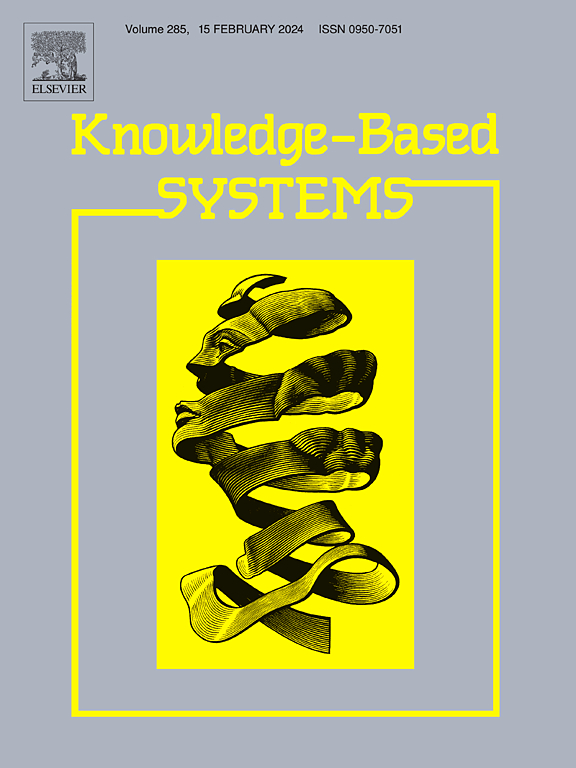Machine and deep learning for the prediction of nutrient deficiency in wheat leaf images
IF 7.2
1区 计算机科学
Q1 COMPUTER SCIENCE, ARTIFICIAL INTELLIGENCE
引用次数: 0
Abstract
Nutrient deficiency in wheat plants can lead to diseases and important losses in yield. These diseases can be visually detected on wheat leaf images. We perform the image classification as nutrient controlled or deficient, using a collection of 57 machine learning classifiers programmed in 4 different programming languages, applied on color texture features extracted from the images. We also use other 90 methods under the Caret automated R classification framework on the same features. Furthermore, we use 62 deep learning networks under three frameworks applied on the leaf images in three settings: trained from the scratch, fine-tuning of pretrained networks and classification of deep and shallow features extracted by deep networks. The radial basis function (RBF) neural network achieves the best performance, with kappa and accuracy of 57% and 81.2%, and with a low false positive rate (11.1%), while pretrained deep networks and classification of shallow features achieve 40% and 47%, respectively. Since nutrient deficiency is a continuous concept, ranging from 0% to 100%, and a sharp categorization into controlled and deficient may always be relative, these results identify the RBF network as an accurate approach for the detection of nutrient deficiency in wheat leaves.
求助全文
约1分钟内获得全文
求助全文
来源期刊

Knowledge-Based Systems
工程技术-计算机:人工智能
CiteScore
14.80
自引率
12.50%
发文量
1245
审稿时长
7.8 months
期刊介绍:
Knowledge-Based Systems, an international and interdisciplinary journal in artificial intelligence, publishes original, innovative, and creative research results in the field. It focuses on knowledge-based and other artificial intelligence techniques-based systems. The journal aims to support human prediction and decision-making through data science and computation techniques, provide a balanced coverage of theory and practical study, and encourage the development and implementation of knowledge-based intelligence models, methods, systems, and software tools. Applications in business, government, education, engineering, and healthcare are emphasized.
 求助内容:
求助内容: 应助结果提醒方式:
应助结果提醒方式:


